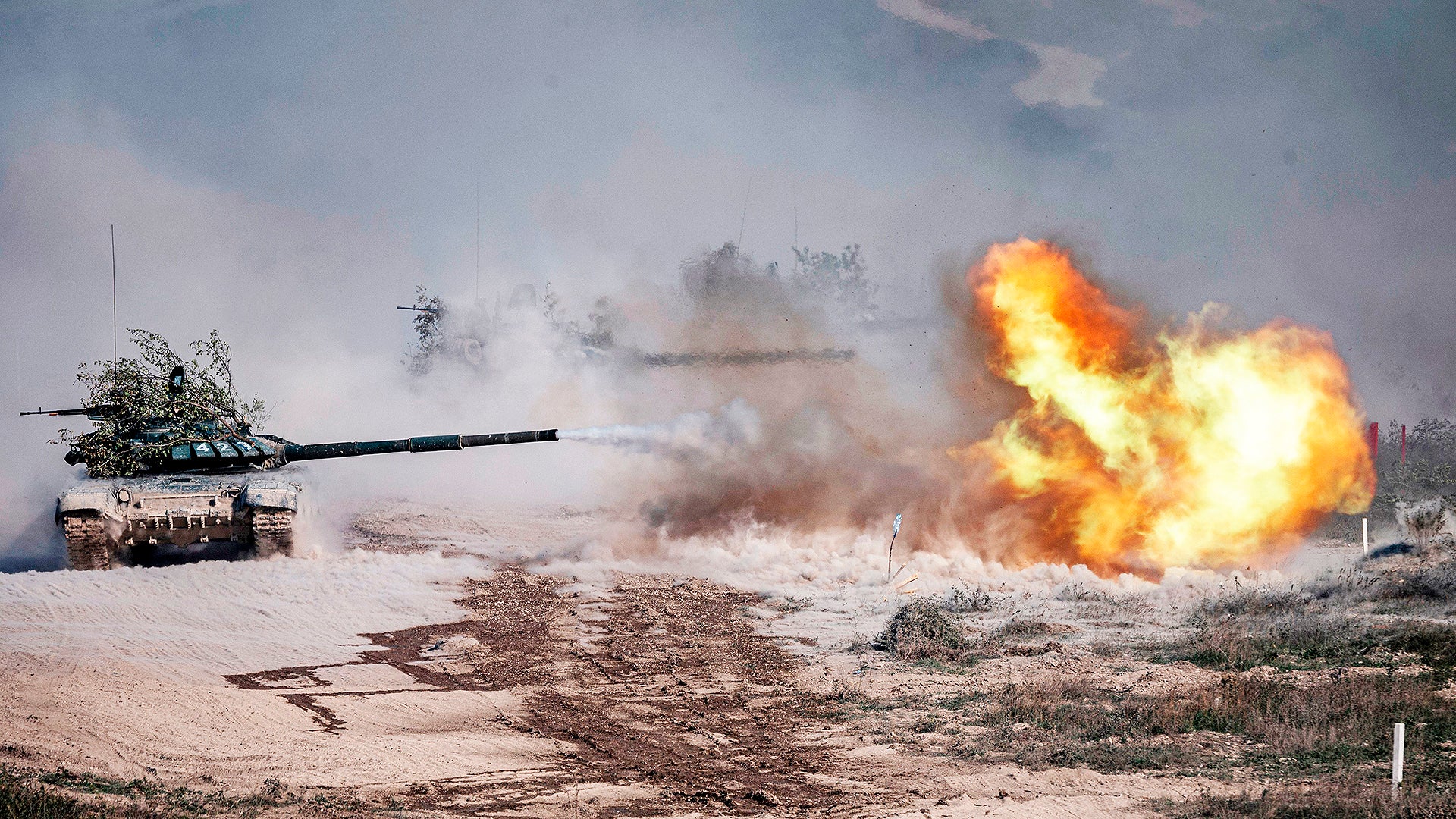Ukraine’s arsenal of shoulder-fired anti-armor weapons and drones will need to be augmented by more tanks of their own, armor experts tell The War Zone. Tanks and other armored vehicles will present a much greater challenge for Ukrainian units as the Russian military shifts gears, with a new commander overseeing the concentration of forces in the east, where there is more rural, flat, open land ideal for mechanized warfare.
Russia has seen a great deal of armor destroyed in Ukraine in the first 47 days of its all-out invasion of the country. Ukrainian forces have had great success, particularly in built-up areas and ‘fatal funnels,’ knocking out tanks, infantry fighting vehicles, and other types of armor with the more than 60,000 anti-armor systems that have poured in from the U.S. and allies – like the Javelin anti-tank missile systems – as well as the Bayraktar TB-2 drones supplied by Turkey.
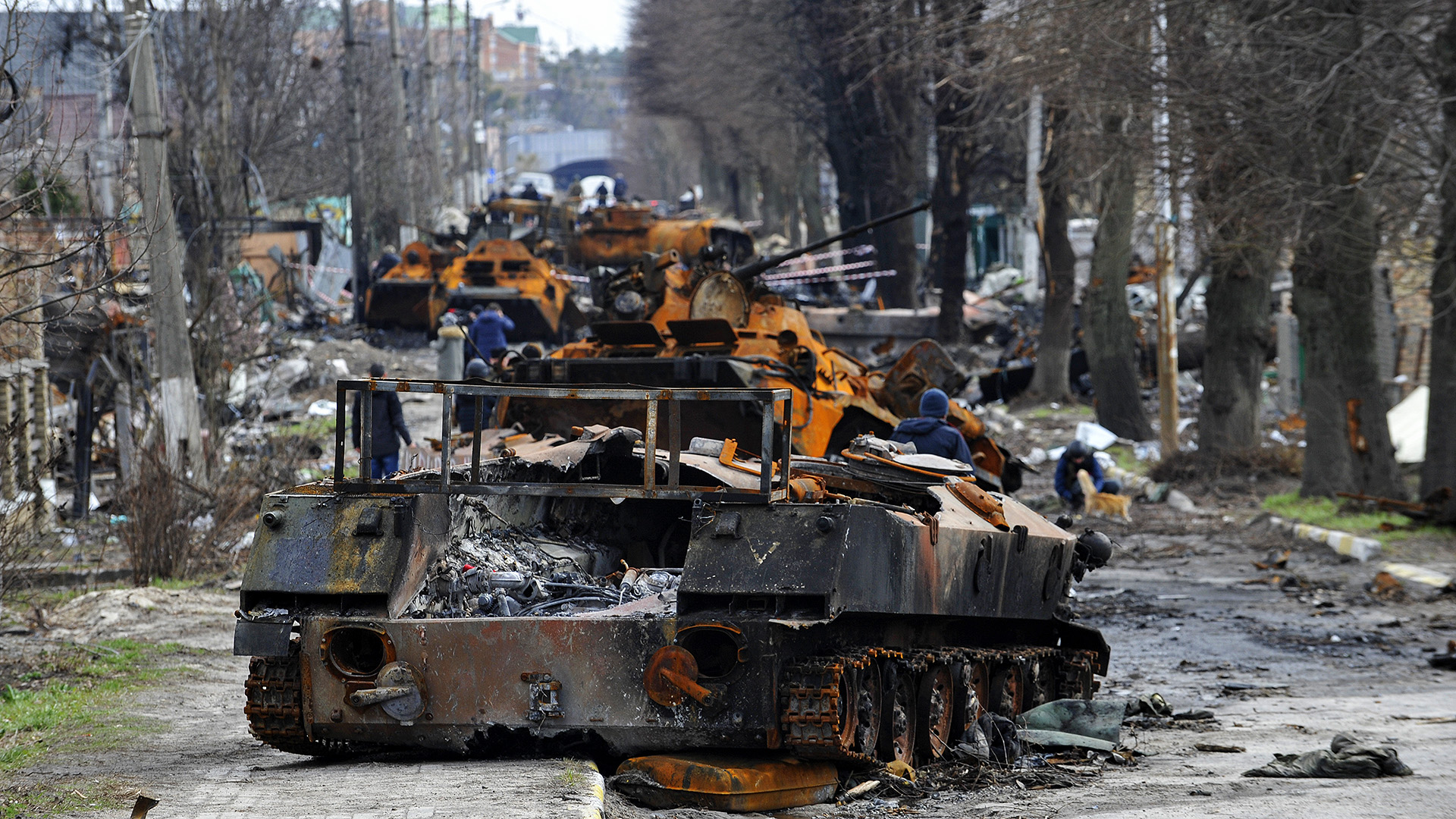
Now, as the focus of the conflict is shifting eastward, to a more tank-friendly terrain, Ukraine needs “mechanized forces, they need tanks, they need IFVs [infantry fighting vehicles] to be set in BP positions [battles positions],” said Army Maj. Michael Liscano Jr., chief of tactics for the service’s Armor School’s 2nd Squadron, 16th Cavalry Regiment.
While Ukraine has lots of Javelins, and other systems like the British Next Generation Light Anti-tank Weapons, or NLAWs, they may not be sufficient going forward, said Liscano, offering his own opinion, not that of the Army’s.
“Yes, they have a lot of Javelins, but they’re scattered up pretty deeply, and without an armored force backing them, when they hit a huge mechanized force that is properly employed in terms of tactical movement formations and coverage with their enablers, they’re going to receive some challenges.”
Adding to Ukraine’s concerns, said Liscano, is that “it’s easy to move tanks on open ground, depending on if it is muddy. I don’t know how muddy it is on the eastern side over there. But I do believe though, that within that territory, it’s great maneuver space.”
There is precedent for the success of tank warfare in this region.
“You can see it by history with regards to WWII from the Germans moving to the plains and the Russians moving back when Operation Barbarossa failed,” said Liscano.
“Wide, flat terrain is ideal for tanks with long-range capabilities,” said Mike Houk, an M1A1 Abrams main battle tank crewman for four years and current chief of staff for ww2armor.org, a not-for-profit that demonstrates vintage World War II tanks, armored fighting vehicles, and artillery for the public. “In WWII, the German tanks with thick frontal armor and long-range, high-velocity guns excelled for a time.”
Of course, if the Russians don’t change tactics, none of that will matter, said Houk.
“The Russian infantry today has shown little stomach for close-quarters combat, and videos of Russian tank losses show no signs of covering infantry support,” he said. “Thus the Ukrainians will be able to engage at a closer range, using anti-tank missiles, drones, and improvised devices.”
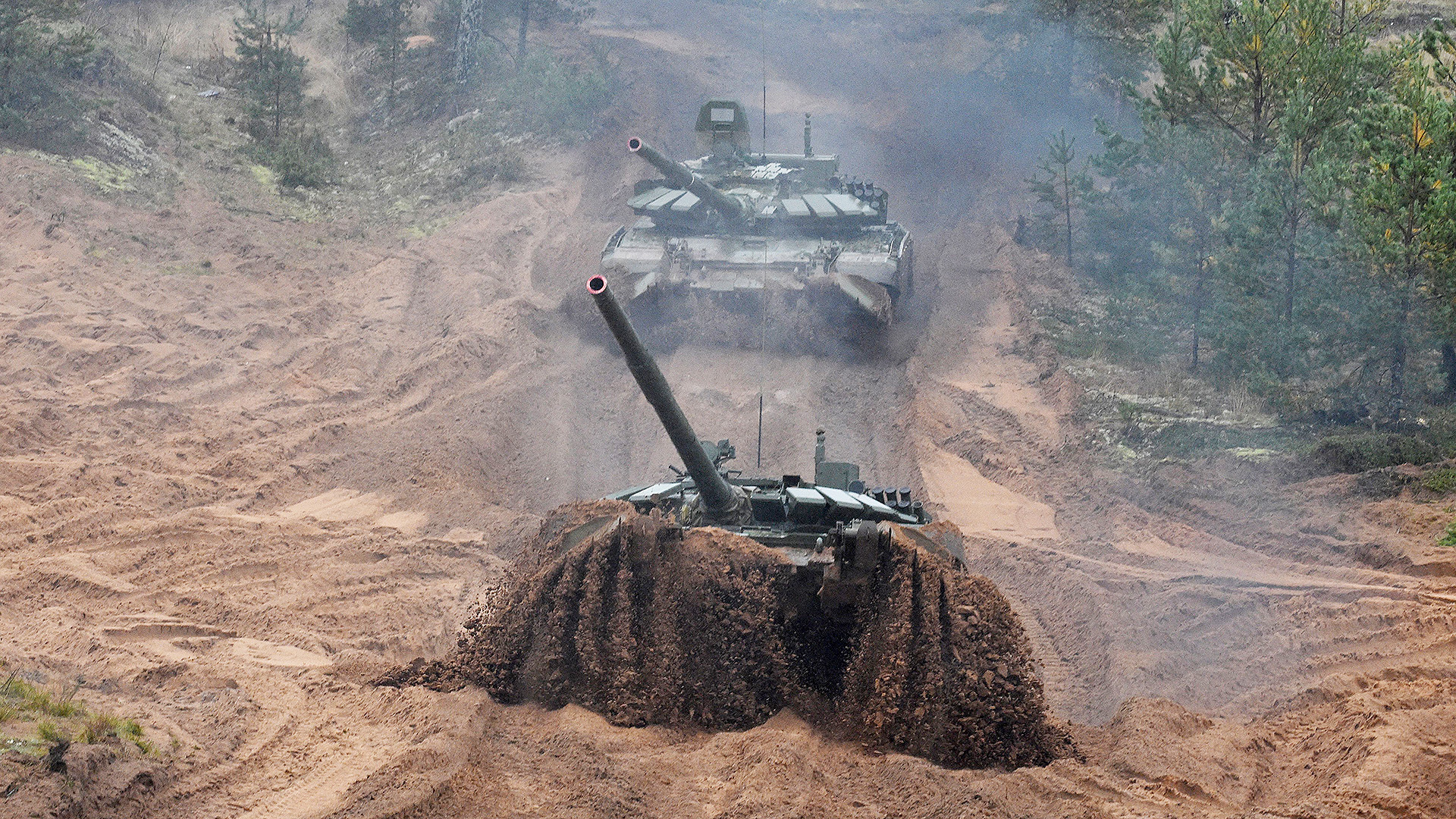
Great odds, he added, “won’t guarantee victory. The U.S. was outgunned and outnumbered at Arracourt in September 1944, yet defeated a superior German force.”
Some doctrinal truths are as true today as they were in WWII, said Houk.
“While more of anything is always preferred, generally, an attacker will want to overwhelm a defender by a ratio of three to one. Of course, variables that can influence outcomes are in play in terms of what systems are committed and how they’re employed.”
According to the team of independent researchers who run the Oryx blog, so far, the Russians have lost at least some 1,400 armor vehicles, including more than 400 tanks – more than 200 of which have been destroyed and nearly another 200 captured. This is just what has been able to be confirmed through open sources. The actual numbers of destroyed and captured tanks are likely significantly higher.
The Pentagon says Ukraine has taken a toll on Russian combat effectiveness.
“We do assess that at least in the grouping that we’re aware of, not an insignificant number of [battalion tactical groups] are combat ineffective,” the official said. “It remains to be seen how many that’s gonna end up being and it also remains to be seen how the Russians are going to refashion them and put them back into the fight. Will they just take some that have been so depleted and combine them into new units? We’re just not sure.”
Russia will likely do a better job of employing its armor this time around, however, Liscano said.
Its commanders likely learned lessons from how its armor was devastated in the initial phases of the war, where tanks were sent into urban areas without proper combined arms maneuver tactics.
Satellite imagery from an 8-mile convoy around the Ukrainian town of Velykyi Burluk offers a glimpse at how Russia might have internalized some of these key takeaways.
The convoy is far shorter than the infamous 40-mile long one that appeared north of Kyiv in the early part of the war. The images from Maxar look to show the vehicles are better spaced than the one north of Kyiv, which was densely packed, allowing Ukraine to wreak havoc on it.
Russian doctrine is “mass destructive fires then mass precision maneuvers which they didn’t do in the initial phase of the war because of faulty assumptions,” said Liscano. “Now they will fight a traditional large-scale operation with limited objectives of securing the eastern areas.”
The Russians, he said, are “now using their doctrine of air/ground/EW recon then mass joint and combined fires, then combined arms attack with fires with proper formation.”
Liscano said he expects that, unlike a month ago, the Russians will use electronic warfare to detect, disrupt, deceive, mask and intercept “in a coordinated fashion through all phases of the operation.”
Russia’s new commander, General Alexander Dvornikov — aka “the Butcher of Syria” — will add to Ukraine’s woes, said Liscano.
“Their new commanding general has a proven and ugly track record of mass fires before decisive ground offensive,” he said.
So clearly, Ukraine needs more tanks, said Liscano.
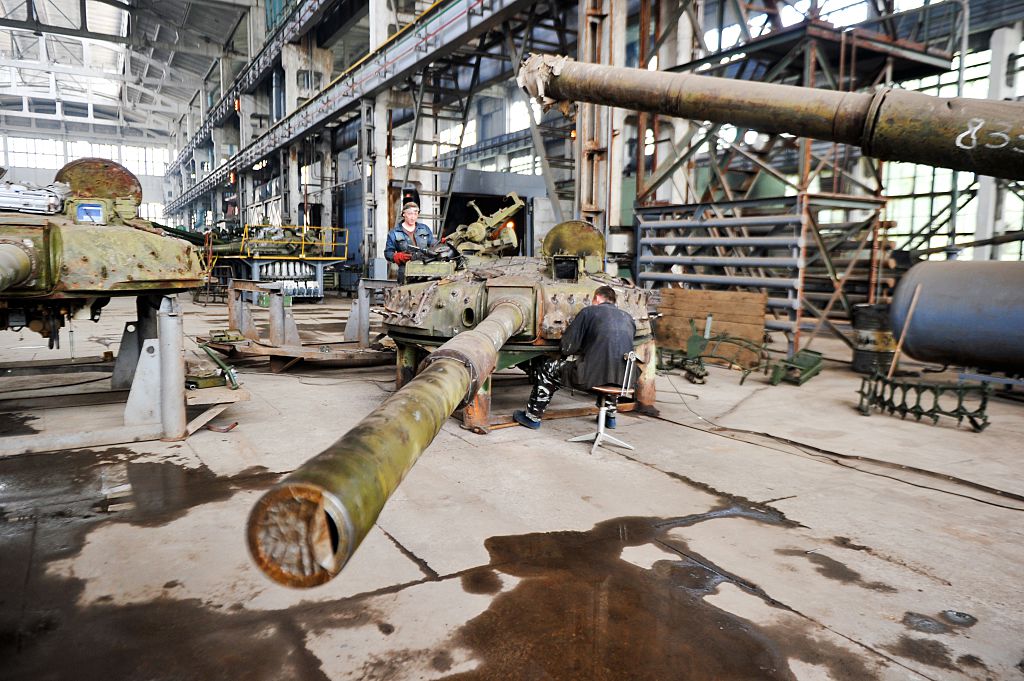
And so far, at least three nations are actively working to provide them, and some have already been successful.
The Czech Republic is moving T-72 tanks and BMP-1 infantry fighting vehicles out of storage for transfer to Ukraine. And at least two other nations have contributed tanks as well, a Ukraine defense expert told The War Zone. Speaking on condition of anonymity to discuss sensitive matters, the expert would not divulge which nations provided tanks to Ukraine for security purposes.
“Several nations are considering sending tanks to Ukraine,” a senior U.S. defense official told The War Zone Monday morning. “Some tanks by some nations have been delivered to Ukraine. These are tanks that they know how to use” like the T-72s provided by the Czechs.
The U.S. official would not divulge which nations provided or are considering providing tanks to Ukraine.
“I’m not going to speak for those nations,” they said. “I’m not going to get ahead of decisions that they’re still making.”
Rheinmetall, a German defense contractor, said it could provide Leopard 1 tanks to Ukraine should the German government give permission. The Leopold would give Ukraine a better option than the T-72 for blocking Russian advances, according to the opinion of some familiar with the type’s capabilities.
But even if Berlin signs off on providing the Leopard to Ukraine, Rheinmetall says it would take six weeks just to start getting tanks to Ukraine. And that does not take into account the time it would take to train Ukrainian tank crews and support personnel on operating a new tank and sustaining it on an active battlefield.
Such is not the case with the T-72 tanks provided by the Czechs, which Ukraine is already using and has a long track record of supporting and upgrading locally.
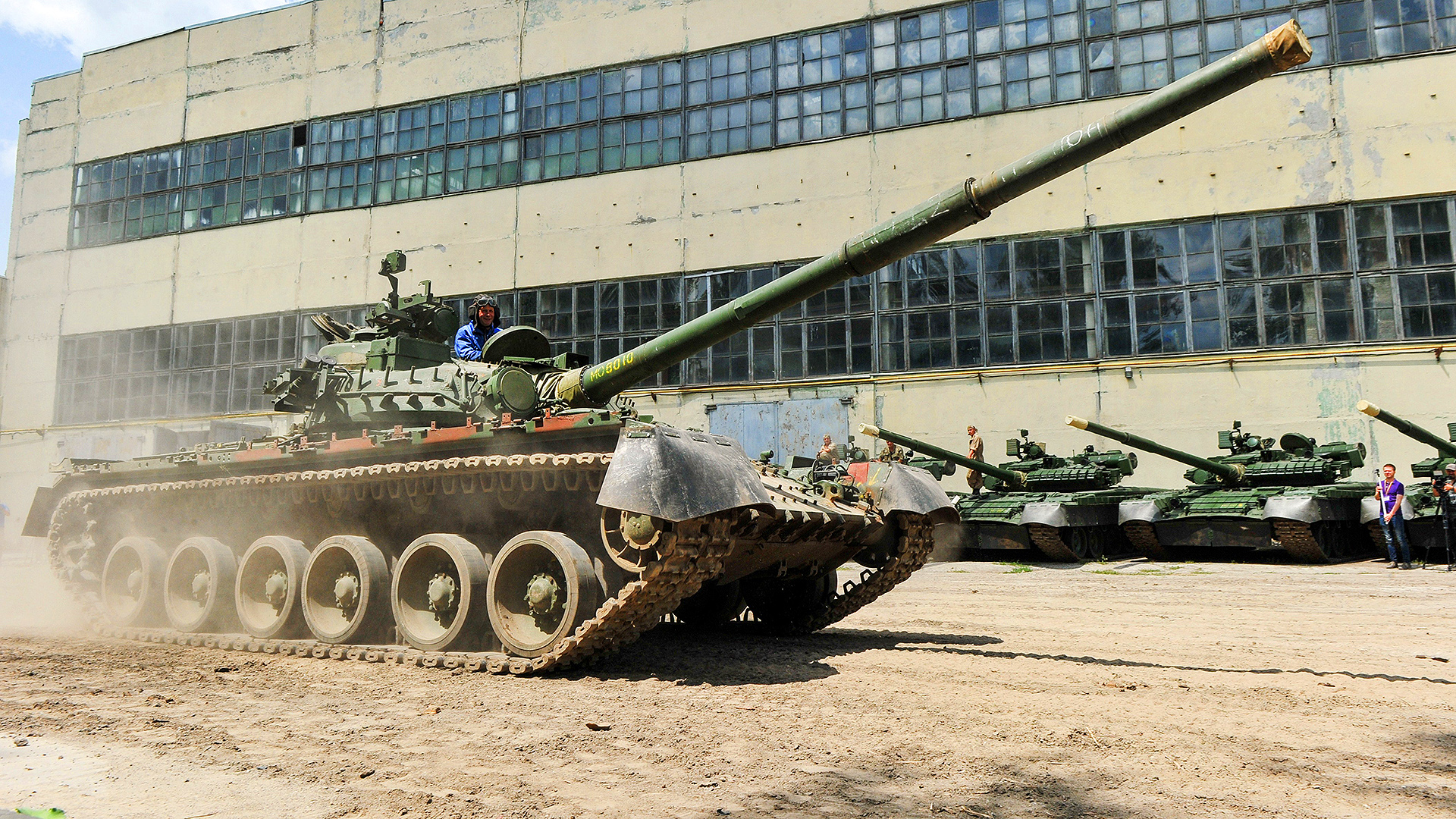
The Pentagon says that Russia has yet to launch a massive new attack in the east, but that signs show it’s coming.
While Ukraine has been able to take out a large number of Russian tanks using the tools on hand, a new Russian armored offensive across flat, open terrain is going to provide more of a challenge. So, experts say the Ukrainian military will require more tanks of its own. This is especially so considering it has lost its own share of the limited operational tanks it had before the war started, though it has gained some via capturing them from Russian forces.
No matter what, the second act of this war could very much be defined by heavy armor, with an overwhelming force pushing beyond what Ukraine’s man-portable anti-tank systems and limited tanks of their own can keep at bay. The Russians may be in a reset mode as they refit and prepare for a new assault, but time is still not a friend to Kyiv when it comes to getting the weapons in place they need to counter what could possibly be a wall of armor.
Contact the author: Howard@thewarzone.com
